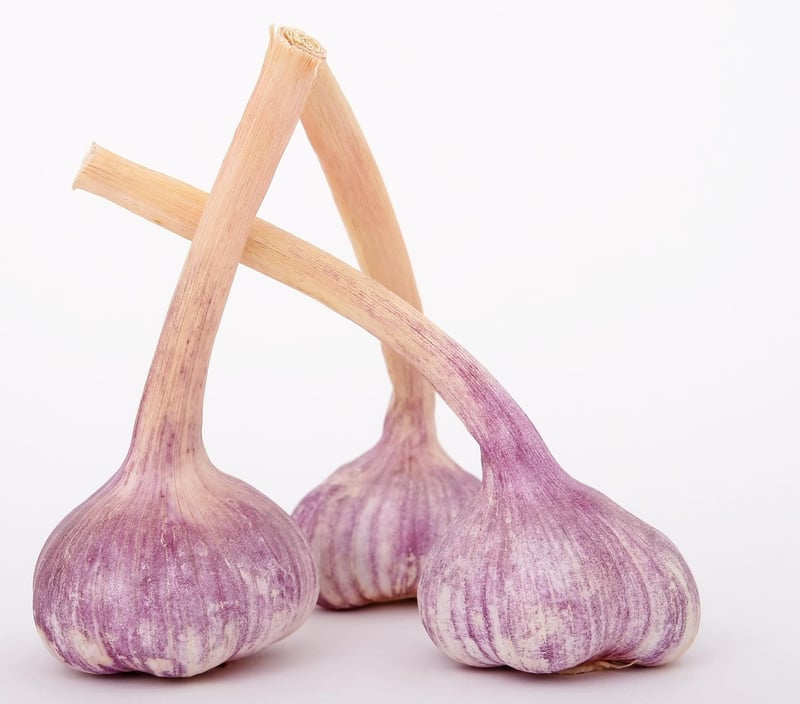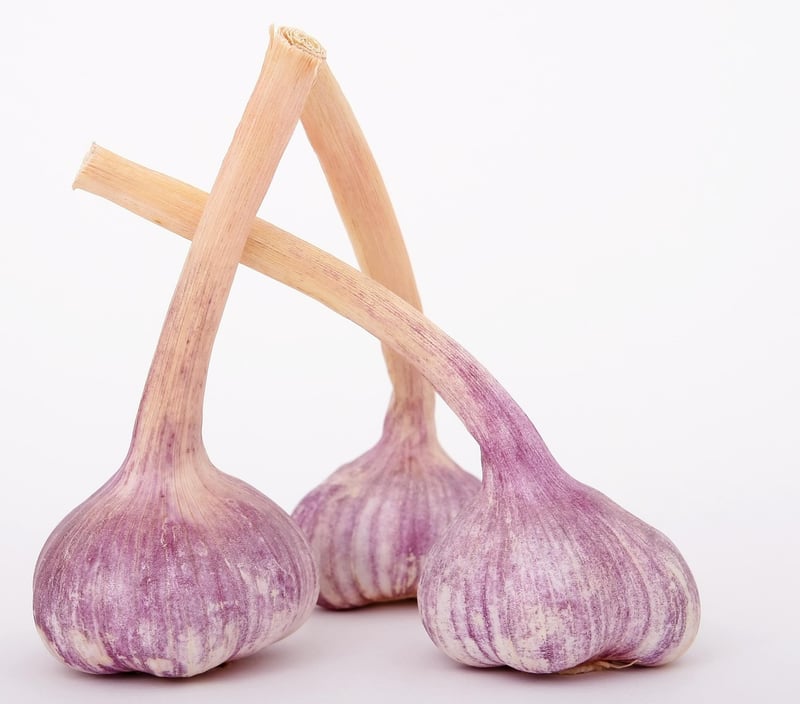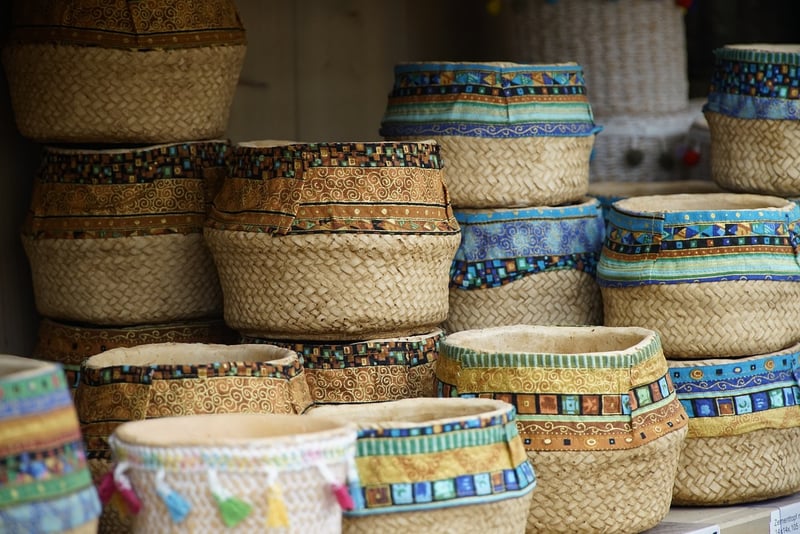Ethnic Spices
Exploring Key Components: Ethnic Spices
Spices are the heart and soul of ethnic cuisines around the world. They not only add flavor and aroma but also tell the story of a region's culture and history through their unique blends. Let's delve into the key components of ethnic spices that make each cuisine distinct and exciting.
1. Indian Spices
Indian cuisine is known for its bold and vibrant flavors, thanks to a rich variety of spices. Some essential Indian spices include:
- Garam Masala: A blend of ground spices like cumin, coriander, cardamom, and cinnamon.
- Turmeric: Known for its vibrant yellow color and earthy flavor.
- Cumin: Adds a warm and nutty flavor to dishes.

2. Mexican Spices
Mexican cuisine is a fiesta of flavors that includes a mix of spices unique to the region. Some popular Mexican spices are:
- Chili Powder: A blend of dried, ground chilies along with cumin and other spices.
- Cilantro: A fragrant herb used fresh or dried in many Mexican dishes.
- Smoked Paprika: Adds a smoky depth to Mexican dishes.

3. Thai Spices
Thai cuisine is a harmonious balance of sweet, sour, salty, and spicy flavors achieved through the use of unique spices. Key Thai spices include:
- Galangal: A relative of ginger, with a citrusy, piney flavor.
- Lemongrass: Adds a fresh, citrusy aroma to Thai dishes.
- Kaffir Lime Leaves: Imparts a distinct citrusy flavor to Thai curries.

Exploring ethnic spices not only adds depth to your culinary skills but also allows you to travel the world through your taste buds. Embrace the flavors of different cultures and spice up your kitchen adventures with these essential ethnic spices!
